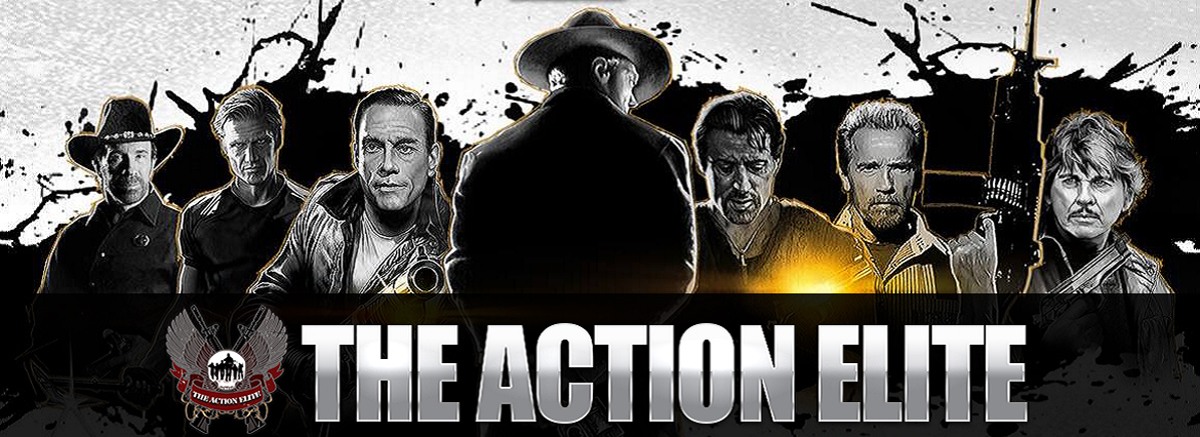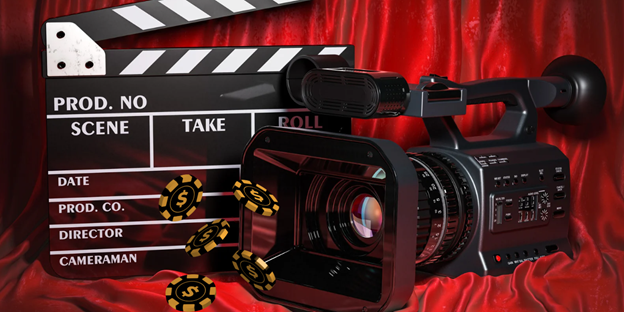The darkened room fills with louder music until it creates an immediate shift into a dangerous sophisticated gambling setting. Action cinema has seldom demonstrated as much constant excitement as the bustling casino environment. Casino scenes represent a fundamental part of action filmmaking since they first appeared in James Bond films and have become directorial staples which continue being used.
The Perfect Stage for Tension and Drama
Film directors find perfect conditions in casino facilities to craft both stealth mental confrontations and vivid dramatic action scenes. These establishments unify wealth against risk through an informal behavioral system that people accept either by harmony or through forceful intervention. The casino facility works as the film’s protagonist as chandeliers dangle from ceilings and slot machine noises produce musical harmony while financial fortunes flip with every poker spin.
Audiences lean forward while watching these scenes since they become immersed in the dual competition system. Within casino table play lies a literal gaming system extended through character metaphoric gameplay which involves reading body cues beyond just cards or dice. The psychological components of casinos deliver significant expressive power to exemplify personality attributes through active choices instead of static descriptions.
Bond, James Bond: Setting the Gold
The franchise which perfected gambling sequences provides the complete foundation for examining casino sequences. From Sean Connery’s iconic introduction at the chemin de fer table (a baccarat variant) in “Dr. Throughout the Bond film series since “Dr. No” (1962) then through “Casino Royale” (2006) casino environments have functioned to make both the cold nature and intense reasoning capabilities along with luxurious tastes of their hero apparent.
In “Casino Royale” the creators advanced what could have been an ordinary card match into an intricate struggle between two wills. The $10 million poker tournament functions as a strategic battle between representatives of intelligence agencies and terrorist groups and representatives of banking sectors. The characters risk their lives in every wager which the cinematography communicates through discreet body language such as eyebrow moments and martinis sipped.
Beyond Bond: Casino Scenes as Character Development
The casino theme launched to fame through 007 but modern filmmakers discovered fresh strategies to depict casino environments in their films. Through the film “Casino” (1995) Martin Scorsese displays two functions of the gambling floor by portraying it seamlessly as the actual venue and representing America’s corrupt aspects of capitalism. The casino presents itself as a well-ordered institution to observers over its hidden criminal operations that engage in manipulation and violent activity.
Using the casino heist plot as foundation Steven Soderbergh in “Ocean’s Eleven” (2001) built a complex film that made viewers resemble casino players who try to predict the heroes’ path to defeat improbable challenges. The film while manipulating viewers much like Danny Ocean deceives casino security plans and protocols.
The Modern Evolution: From Physical to Psychological Warfare
Today’s movies have expanded the traditional casino setting into new psychological dimensions. During a crucial scene from “Inception” (2010), Christopher Nolan delivers two dual layers by creating a dream-casino that guides the audience through misdirection toward a metaphor for thorough dream control. The casino architecture maintains its classic elements such as playing cards and gambling chips yet they gain new purpose for an exploration of human reality and experience.
John Wick: Chapter 3 (2019) creates an action-packed casino scene from The Continental by turning the formal gambling area into a controlled battleground where ballet-like fights replace the usual high-stakes activities. This scene uses our recognized knowledge of casino environments to recreate a new type of conduct that is inappropriate for those locations.
Cultural Translation: Casino Scenes Across Global Cinema
Each film tradition creates its own unique vision of casino design and location presentation. The Hong Kong action movie “God of Gamblers” (1989) combines supernatural elements together with characters who are experts in gambling. The Indian film industry presents casinos as Western symbols that violate traditional Indian morality through their decadent nature. Every film tradition adds its national perspective to casino scenes yet upholds dangerous confrontations and mental combat as well as strategic finesse.
In Closing
Action movies present casino scenes which continue to fascinate viewers because they transform the true essence of battle into well-managed spaces where success is decided by social rank combined with strategic reasoning and mental stability. This designated space serves as an excellent foundation to display character transitions and narrative transformations as well as distinctive visual appeals difficult to replicate elsewhere.
Take note of the scene development when an action hero enters a high-stakes gambling area by watching how specific camera angles showcase the casino ground layout while displaying close-ups of hand movements and eye expressions and showing background people who create social ambience. Movie moments are carefully planned by directors who merge different elements into narratives which captivate viewers through feelings that replicate personal gambling experiences.






